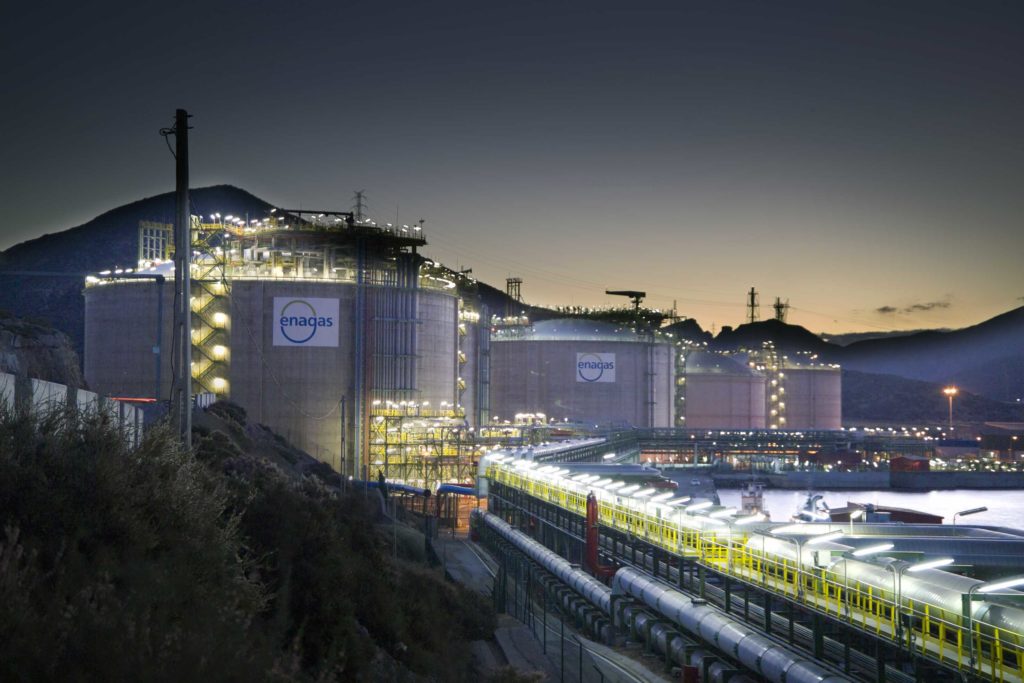With batteries, pumped hydro and other energy storage and smart grid solutions able to offer short-term fixes to the intermittent nature of energy supply from solar and wind, could innovations such as renewables-powered green hydrogen and synthetic fuels contribute by balancing longer-term, seasonal fluctuation?
A report by Norwegian consultant DNV GL has considered what contribution seasonal energy storage solutions, such as green hydrogen and synthetic fuels could make to balancing supply in a renewable energy grid.
“As renewables take a larger share of the energy mix, new issues need to be addressed, such as meeting the increasing demand for electricity even when there is no wind or sun,” said DNV GL Energy director Lucy Craig. “Our research shows that seasonal storage provides a possible solution to address the problem of long periods without renewable generation, for example in the northern European winter.”
Promise?
The Promise of Seasonal Storage report analyzed 58 years’ worth of energy and weather data from the Netherlands to identify points at which long-term energy storage could play a role. The results showed a lower-than-expected requirement for long term solutions as the researchers concluded batteries, pumped hydro and emerging technologies such as vehicle-to-grid balancing should be able to do most of the heavy lifting.
Bringing down the costs of compressed hydrogen storage and synthetic fuels to the extent they can offer long-term grid balancing – which has been taken as a given in some quarters – will only happen if other markets for such fuels develop at scale. Even so, carbon taxes may be needed to shore up the grid balancing business case for such solutions, according to the report.
“If the estimated carbon price in 2050 reflects … willingness to pay for carbon-free electricity, using natural gas and accepting [any associated] carbon fine may still be the most viable option,” concluded the report. “A 10% increase of the carbon price will make seasonal storage competitive, provided that it is small enough that it does not affect market prices.”
This content is protected by copyright and may not be reused. If you want to cooperate with us and would like to reuse some of our content, please contact: editors@pv-magazine.com.









Why compress Hydrogen… a very very dangerous gas. Why not just compress Air…. safe… abundant… clean and green…
Compressed Air has been used for Energy Storage for 150 years…. Hydrogen was used in the Hindenberg…. which went up in flames…. (because the US banned the Export of Helium … a safe and onert gas…. as origonally envisaged).
When a straightforward and proven solution in Compressed Air exists… why go for an “inherently dangerous” option.